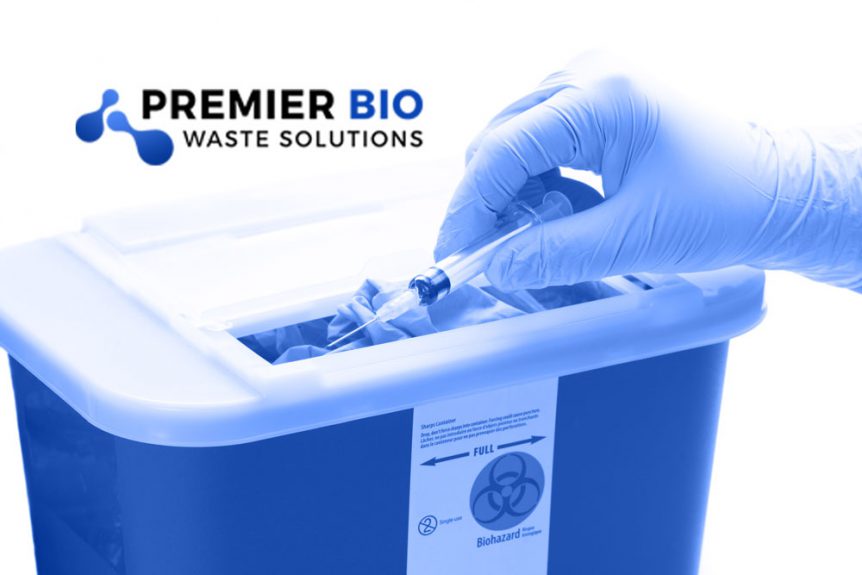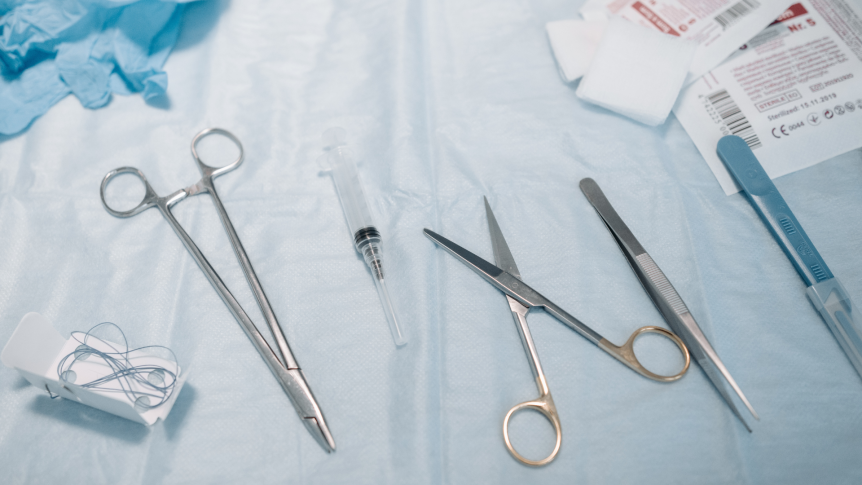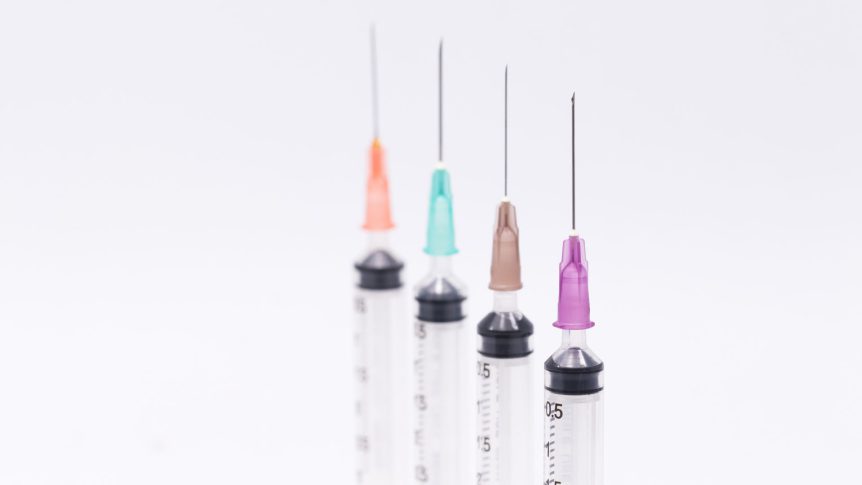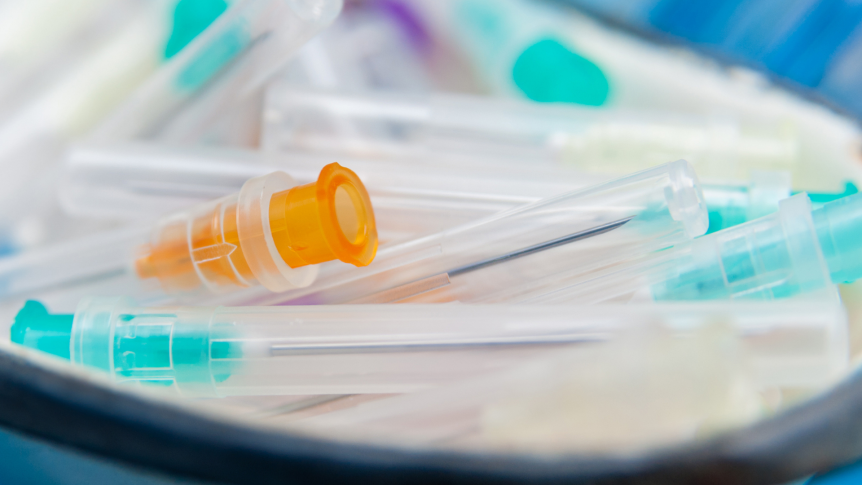In our quest for a safer and healthier environment, it is crucial to address the proper management of medical waste. Premier Bio Waste Solutions invites you to embark on a journey of knowledge as we delve into the diverse aspects of medical waste. Understanding the different categories, their characteristics, handling requirements, and the significance of responsible management can help ensure …
How To Prevent Needlestick And Sharps Injuries
Provided By: CDC Needlestick and other sharp injuries are serious hazards in any healthcare setting. Contact with contaminated needles, scalpels, broken glass, and other sharps may expose healthcare workers to blood that contains pathogens that pose a grave, potentially lethal risk. Activities with Potential for Needlestick Injuries Home healthcare workers can be at risk for needlestick or sharps …
Community Options for Safe Needle Disposal
Provided by: Unites States Environmental Protection Agency Each year, 8 million people across the country use more than 3 billion needles, syringes, and lancets—also called sharps—to manage medical conditions at home. Sharps disposal by self-injectors is not typically regulated, and self-injectors do not always know the safest disposal methods. This situation could lead to haphazard disposal habits and increased community …
Best Way to Get Rid of Used Needles and Other Sharps
Provided By: The U.S. Food & Drug Administration The FDA recommends a two-step process for properly disposing of used needles and other sharps. Step 1: Place all needles and other sharps in a sharps disposal container immediately after they have been used. This will reduce the risk of needle sticks, cuts, and punctures from loose sharps. Sharps disposal containers should …
What is Considered Bio Waste?
Health-care activities protect and restore health and save lives. But what about the waste and by-products they generate? Of the total amount of waste generated by healthcare activities, about 85% is general, non-hazardous waste comparable to domestic waste. The remaining 15% is considered hazardous material that may be infectious, chemical, or radioactive. Types of waste Waste and by-products cover a …




